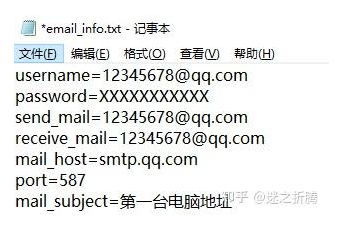整理的一些在使用Python中常用网页字符串处理方法
2021-07-13 Fevtdvg
加入收藏
首先一些Python/ target=_blank class=infotextkey>Python字符串处理的简易常用的用法。

1.去掉重复空格
s = "hello hello hello"
s = ' '.join(s.split())
2.去掉所有回车(或其他字符或字符串)
s = "hellonhellonhello hellon"
print(s)
s = s.replace("n","")
print(s)
3.查找字符串首次出现的位置(没有返回-1)
s = "hellonhellonhello hellon"
print(s.find('n'))
print(s.find('la'))
4.查找字符串从后往前找首次出现的位置(没有返回-1)
s = "hellonhellonhello hellon"
print(s.rfind('n'))
print(s.rfind('la'))
5.将字符串转化成列表list
s = "hellonhellonhello hellon"
print(list(s))
6.查找所有匹配的子串
import re
s = "hellonhellonhello hellon"
print(re.findall('hello',s)) # hello也可以换成正则表达式
然后是网页字符串处理的高端用法:
综合运用requests模块,beautifulsoup模块,re模块等
1.requests获取一个链接的内容并原封不动写入文件
import requests
r = requests.get('https://baike.baidu.com')
with open('test.html', 'wb') as fd:
for chunk in r.iter_content(100):
fd.write(chunk)
2.读取一个文件的所有内容存到一个字符串里
with open('test.html','r',encoding='utf-8') as f:
content = f.readlines()
content = ''.join(content)
# content = content.replace('n','') # 如果想去掉回车可以加上这行
print(content)
3.把网页字符串用BeautifulSoup存起来处理
from bs4 import BeautifulSoup
soup = BeautifulSoup(content,'html.parser')
print(soup.prettify())
4.存到BeautifulSoup里之后这个字符串就可以任你摆布了,比如:提取出所有<a>标签
soup = BeautifulSoup(content,'html.parser')
print(soup.find_all('a'))
或者提取出所有<a>标签和<b>标签
soup = BeautifulSoup(content,'html.parser')
print(soup.find_all(['a','b']))
这些属于beautifulsoup的内容了
5.多个关键字切分字符串
import re
re.split('; |, ',str)
>>> a='Beautiful, is; better*thannugly'
>>> import re
>>> re.split('; |, |*|n',a)
['Beautiful', 'is', 'better', 'than', 'ugly'



























